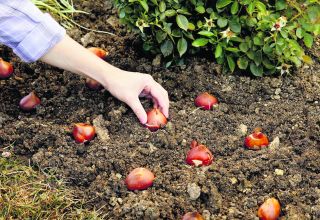It beggars belief but with the longest day of the year only a few weeks away the garden is growing at a rapid pace. The frenzy of spring should be slowing into a more regular rhythm. It’s also a time to prune, mow and weed, as natural growth starts to run riot. The hundreds of young plants you have been raising should have left the confines of the greenhouse and are now making their own way in the world. Consequently, all you must do in terms of your gardening jobs is keep up with the watering, weeding, grass cutting, hedge trimming, etc, etc. Keep tubs and planting containers well-hydrated too, even in rainy weather, as much of the water runs from the leaves over the side.
1. Prune early summer shrubs
Shrubs such as weigela, kolkwitzia and deutzia will probably have finished flowering by now, so they can be pruned. It is best to cut off about one third of the stems as this will let more air and light into the shrub. After pruning it is a good idea to feed with a multi-purpose feed.
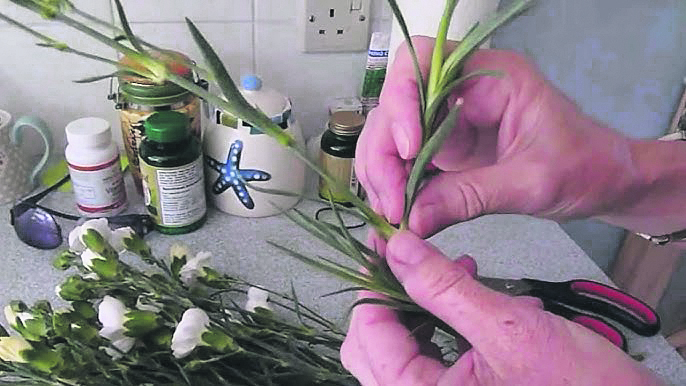
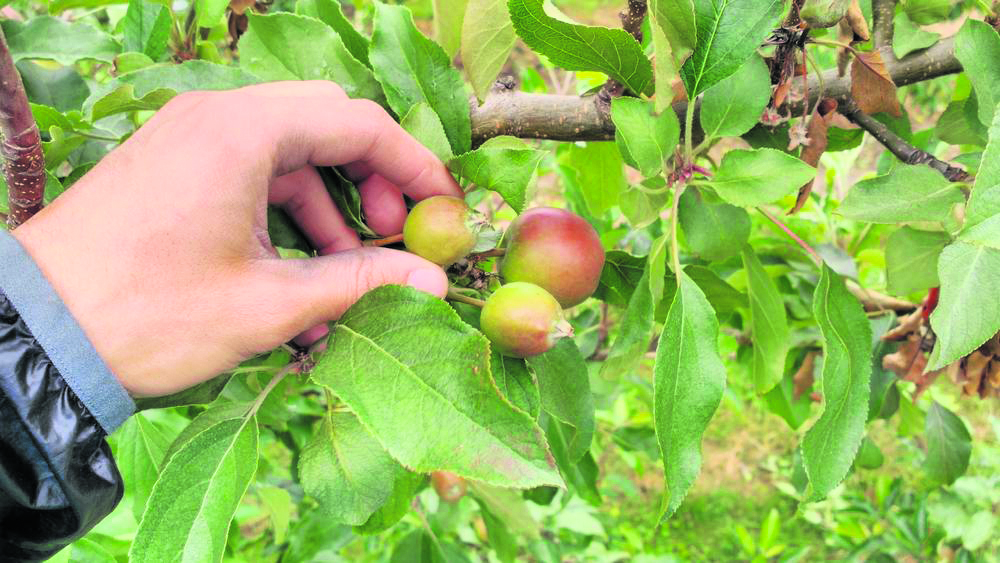
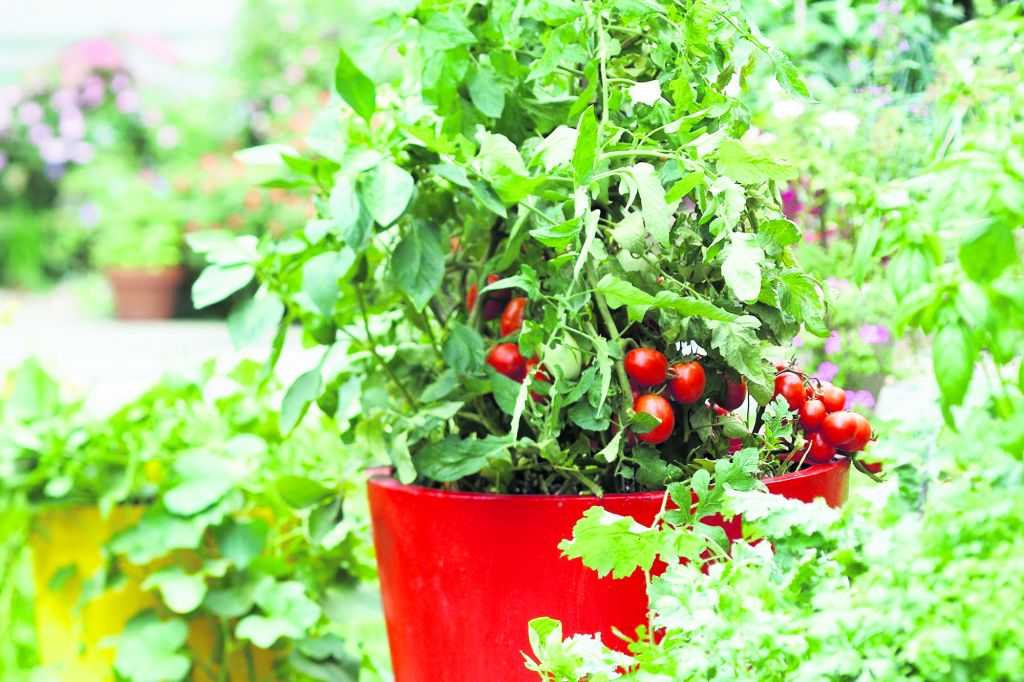
2. Take cuttings of dianthus
Dianthus are very popular plants due to their spicy clove scent. June is a good time to take cuttings of these plants. Take the cuttings from young non-flowering shoots cutting about five leaf pairs from the tip. Pull off the bottom pair of leaves and place the cuttings round the edge of an 8cm pot filled. Water in gently and keep in a shady place. Do not cover as the cuttings may go mouldy.
3. Thin out fruit
A lot of fruit trees such as apples, pears and plums will start to fall off the plant in June. This is called ‘June drop’. This is because fruit trees produce a lot of young fruits but the tree cannot produce enough nutrients to enable them to all grow into healthy fruit. Therefore, some of them will drop off. However, you may need to thin out the fruit crops further to produce a better final overall crop. Below is a guideline of the spacing you should try to give the fruit to develop fully.
- Cooking apple: fruit 15 to 22cm apart • Dessert apple: fruit 10-15 cm apart
- Pears: fruit 10-15cm apart • Plums: fruit 8-10cm apart
4. Plant outdoor tomatoes
It is safe to plant tomatoes outdoors now. They can either go straight into the ground or into a growbag. Tomatoes need a sunny sheltered spot and will do best against a south-facing wall. Ensure to water them well and also feed them to have the best tomato crop.
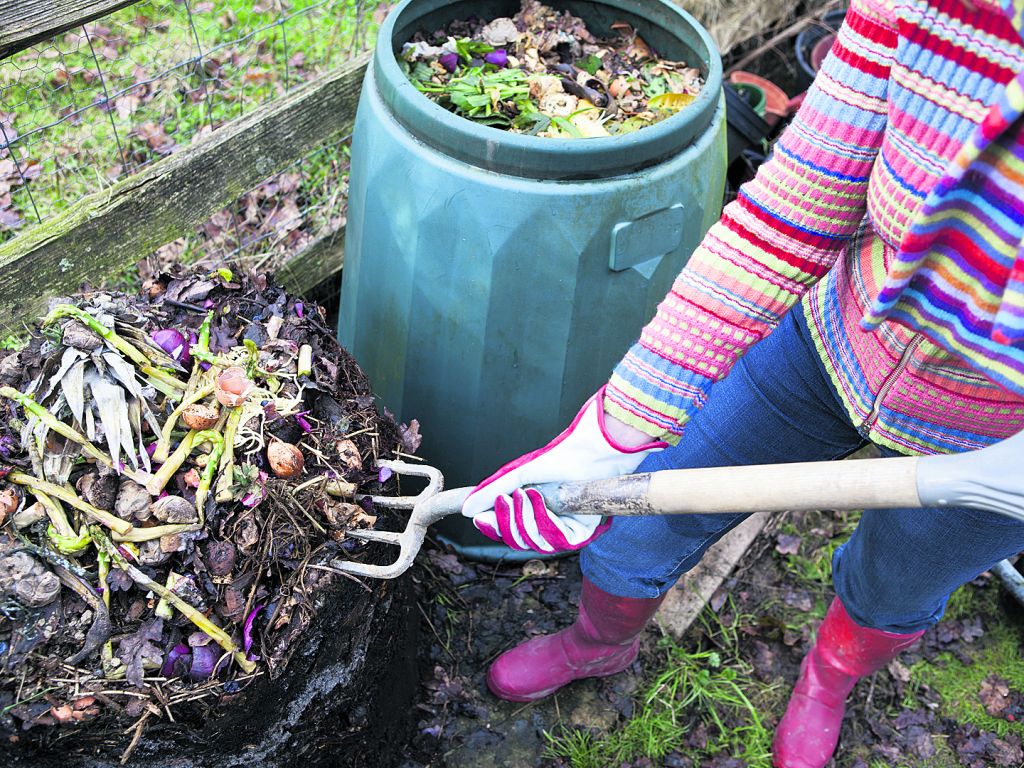
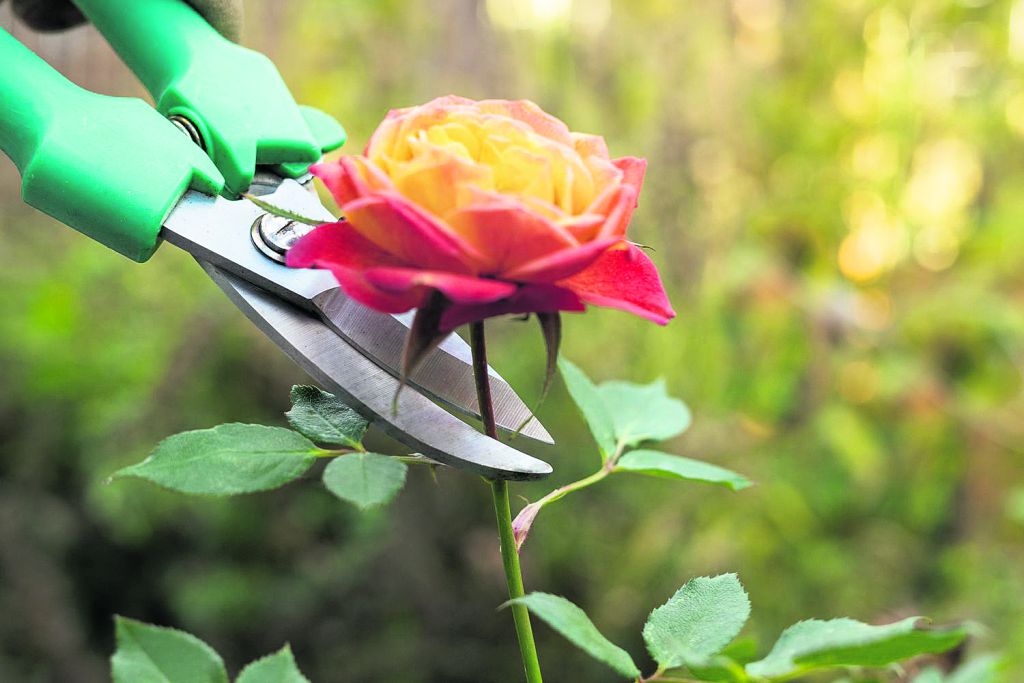
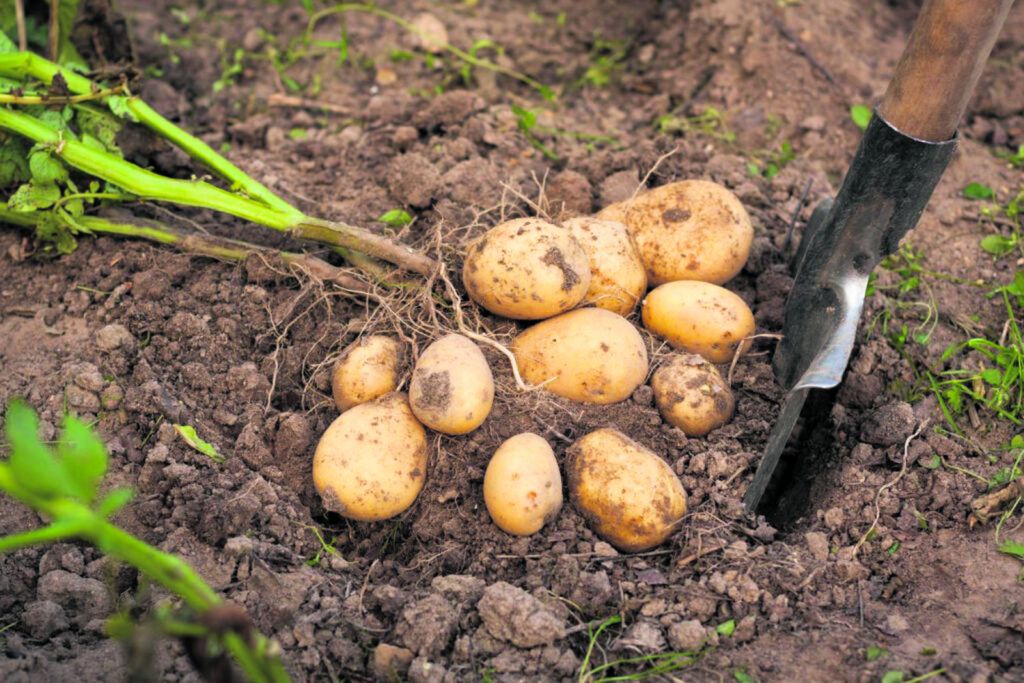
5. Be sure to make good compost
Now the garden is full of growth and the lawn is being cut regularly, there will be plenty of material available for composting.
Make sure that you fill your compost bin with an equal volume of nitrogen-rich material (grass clippings, manure, shrub prunings) and carbon-rich material (flower stalks, shredded paper, woody clippings).
Keep your compost bin moist. The contents should hold together, but not drip water, when you squeeze a handful.
If you want compost fast, the secret for success is to turn the contents of your bin once a week. When this was trialled well-rotted compost was made in ten weeks.
When you add grass clippings to the heap, add a shovelful of soil, too as this will speed up the composting process.
6. Dead head roses
June is traditionally the month when roses are at their peak.
Snap off just below the head – this is thought to make new blooms appear more quickly than the classic method of cutting just above a leaf.
7. Time to pant biennials
Biennials, such as honesty, wallflowers and sweet rocket, are sown in spring to flower the following year. You can either move young plants to a nursery bed in a quiet spot outdoors for moving again in the autumn or put them in their flowering positions. You’ll find plants at the local garden centre or via online retailers.
8. Harvest early potatoes
Early varieties of potatoes will be ready to dig up in late June. Wait until the leaves start to turn yellow and then feel under the ground to check how large the tubers are, then lift your early potatoes as and when you need them. Don’t be in too much of a rush, as you’ll get bigger tubers the longer you wait. Second-early potato varieties will follow in July and maincrop varieties can stay in the ground until September to have time to get big.
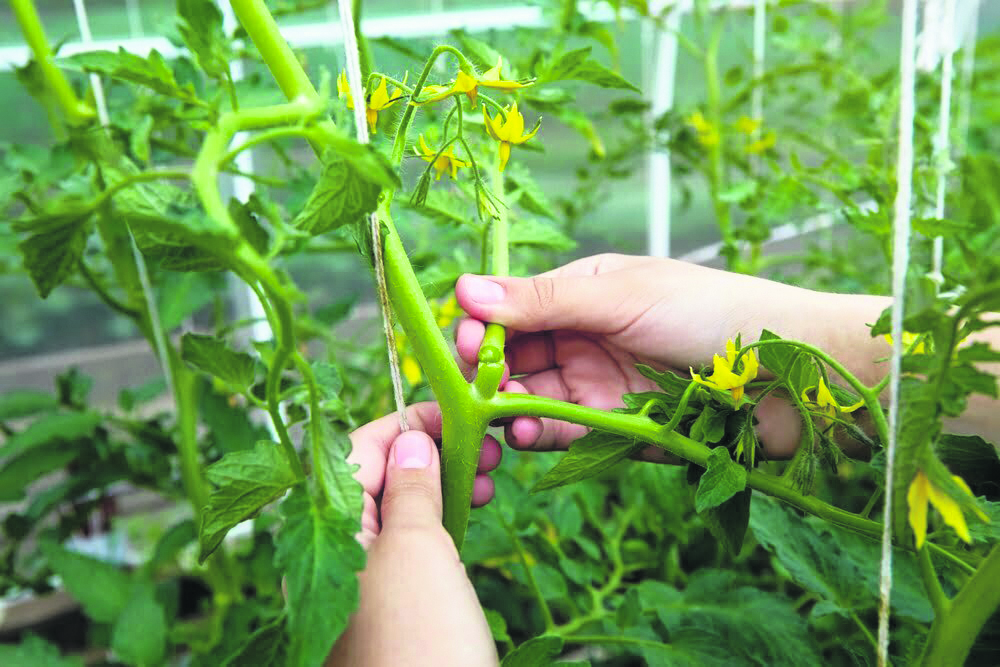
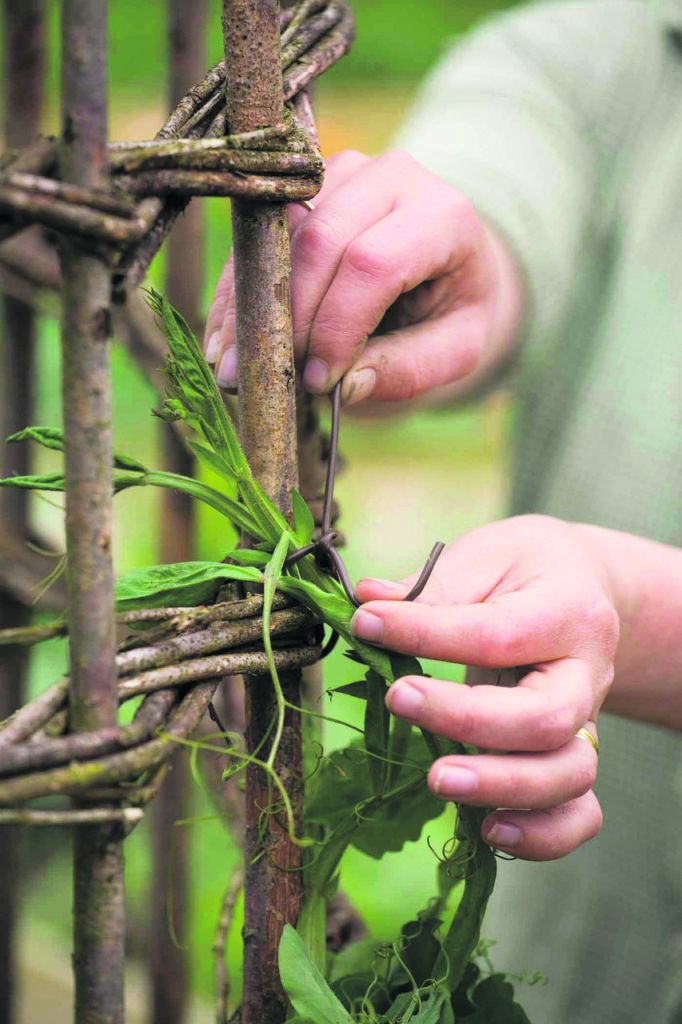
9. Pinch out tomato side shoots
Cordon tomatoes are best grown as single-stemmed plants. However, these vigorous plants naturally produce side-shoots from the joints where leaves sprout from the main stem. These side-shoots should be pinched out to keep plants growing vertically on just one stem.
Large side shoots can be used as cuttings to start other plants. You can stand them in a glass of water for a week or two or use rooting gel.
Sometimes tomato growers allow a large side shoot to grow into a second main stem. This has the advantage of growing more trusses at a lower height from one plant.
Bush varieties, also known as determinate, do not need their side shoots removed. However, there are situations when it may be wise to remove some of them if growing large tomatoes and you would like the fruit to mature earlier rather than later.
Of course, by removing side shoots on bush varieties, you will reduce the number of flowers and fruit that would grow over a long season.
10. Plant tender annuals
By the end of May most areas will have seen the last chance of frost, so early June is the perfect time to start planting out tender annuals like nicotiana, cosmos or salvia. Prepare the beds in advance and use nematodes watered on the soil to give them a bit of protection from slugs while they get established.
11. Take hydrangea cuttings
Now is the ideal time to take cuttings from any hydrangea shrub. Take a cutting from a branch of the hydrangea shrub about five inches long. The belief is the cutting will work best if taken from a branch that did not flower this year. Remove the lower leaves of the bottom two leaf nodes. The leaf node is where a leaf comes out of the branch.
Remove the lower leaves from the stem and if the top leaves are large, cut them in half to help reduce water loss and wilting.
12. What to plant in over the next few weeks: sow spinach
Sow seeds of annual flowers to fill gaps. Mix the seeds into sand or cover seeds with a mix of potting compost and sand so you can easily spot which areas you have sown and don’t enthusiastically hoe or pull up seedlings by mistake. Remember to keep the soil moist until they have germinated and the seedlings have grown into their space.
Keep sowing salad leaves and lettuces. If you find them too fiddly try using seed tape – seeds set into paper tape-a clever way of ensuring you don’t sow too thickly. Plus, it ensures straight rows. They are a bit more expensive but satisfying.
Sow spinach and kale. Both are useful crops that are easy to grow and good to eat. Sow F1 varieties for reliable performance. Use the thinnings for salads.
June is the last time realistically to sow green beans.
13. Feed plants
Liquid tomato feed can be used as a supplement on ornamental as well as productive plants. Anything potted into compost and containerised, such as summer bedding, will benefit from a fortnightly feed of tomato feed because the nutrients in the compost run out after three to four weeks. If you find the watering can too heavy, invest in a smaller one.
Feed all greenhouse crops such as cucumbers and tomatoes and continue to apply a fortnightly feed until the beginning of September. Agapanthus, often said to thrive on a poor diet, respond well to being fed with tomato food. You’ll get far more flowers.
14. Tie in sweet peas
Your annual sweet peas should be nicely settled into their new homes for the summer and they will start to grow rapidly now. Tie in any shoots to your supports. For the best quality flowers, remove all the side shoots to create a cordon, as you would with a tomato plant.
Watch out for aphids as they love the fleshy growing tips. They’re full of sap and as a result they will quickly colonise them. If you have any early flowers, they might drop some buds. Don’t worry, this is a symptom of cold nights and is the plant’s way of regulating water pressure. They will soon recover as the nights warm up.
15. Protect tender plants from slugs
Look out for slugs and snails hiding in nooks and crannies. One thing is certain -they’ll be out in force after all those tender young shoots coming up this month. Hunts are best done in early morning and evening when cool damp air brings them into the open. Depending on how much of a problem they are in the garden you can try various control methods. Nematodes (microscopic organisms that predate on slugs and snails) are organic and safe with pets and children but require careful application.
Also try non-toxic and eco-friendly slug granules. These make crossing them unpleasant for slugs and snails and offer good protection. They’re made from sepiolite clay, a natural material that is dry and sharp which can be used with edibles. There are also organic pellets available to buy. If, however, you have a really serious problem you may need to resort to old school slug pellets.
Protect the growing tips of beans from slug damage. They don’t recover, push some new beans into the ground as replacements if needed.
Try to site pots up and out of reach of slugs who will eat the heads of violas in double quick time.





